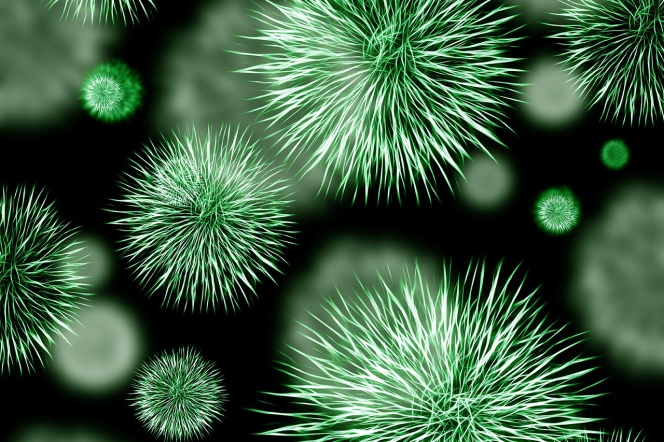Date added: 2022-08-04
Researchers from Gdańsk Tech creating a germicidal chamber

Project under the name: „Optimization of gold nanostructure shape and size in the germicidal chamber, using the process of photothermal ablation” managed by Paweł Ziółkowski, PhD Eng., will be executed in consortium with Medical University of Gdańsk. The project obtained funding amounting to PLN 911 645 (PLN 901 885 for Gdańsk Tech).
From surface disinfection to cancer treatment
– Inactivation of bacteria and viruses is essential – starting with water treatment up to surface disinfection, which we realized during the COVID-19 pandemic. This research project is to offer new solutions to the problem, using a laser or a strong light source with metallic nanoparticles, which do not demonstrate any toxic properties – says Piotr Radomski, MSc Eng.
– In the long term, the photothermal ablation phenomenon on gold nanoparticles surface can be used in cancer treatment, especially in minimally invasive treatment techniques, in places where the line between sick and healthy tissue of the organism is invisible – adds Paweł Ziółkowski, PhD Eng.
How will it work?
The project itself focuses on theoretical and experimental examination of the photothermal ablation phenomenon on the surface of gold nanoparticles, in order to design the germicidal chamber. The degree of electromagnetic waves conversion into heat, using more or less complex shapes of nanoparticles, is to be determined: e.g. nanorods, cubes, stars, triangles of various sizes, for various optical conditions and factors. These tests will be the basis for determining the heat source parameters, which will heat the entire chamber to inactivate selected bacteria or viruses.
Work on the project is planned to start in November 2022. Theoretical models and numerical methods are currently being developed. The research will be conducted using both numerical calculations and experimental research. Due to the fact that the chamber is the size of a few micrometers, it will also be possible to analyze mass and heat transfer using various theoretical models available for micro and nano-scale calculations. Experimental verification is also planned, however it requires iterative analysis combined with numerical calculations due to the complexity of the problem. The measurement campaign will not use bacteria or viruses in the chamber, and the entire problem in this scope of the project will focus on temperature and heat flux transferred from electromagnetic waves to gold. The theoretical scope, is to extend the problem to explain the processes occurring during the experiment, in order to investigate the Navier velocity slip, Reynolds thermal transpiration, or the Marangoni effect.
The project team from the Insitute of Energy: Paweł Ziółkowski PhD (project manager), Piotr Radomski MSc. Eng. (experimental scope - main wykonawca), Dariusz Mikielewicz DSc (heat and mass exchange consultant), Prof. Luciano de Sio (experimental scope consultant from Sapienza), Jacek Zieliński MD, PhD (medical scope consultant from Medical University of Gdańsk).

